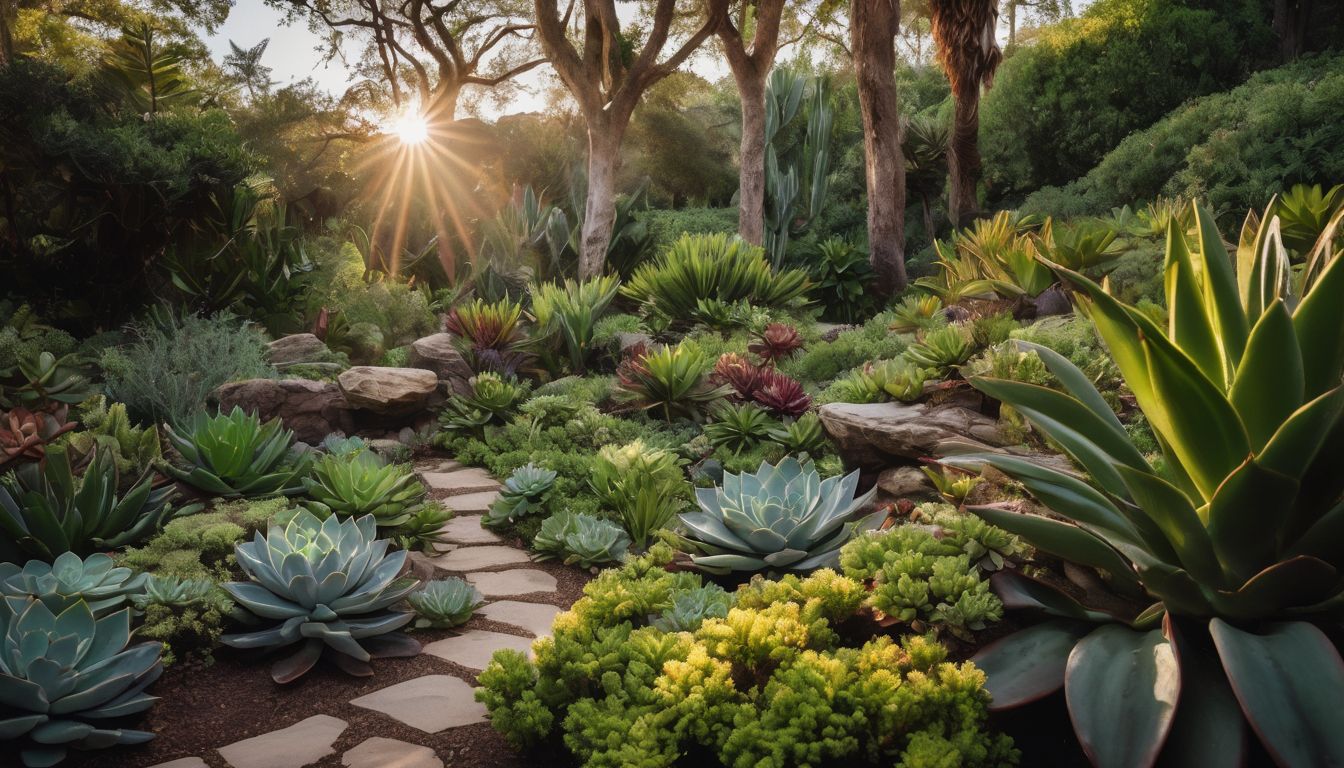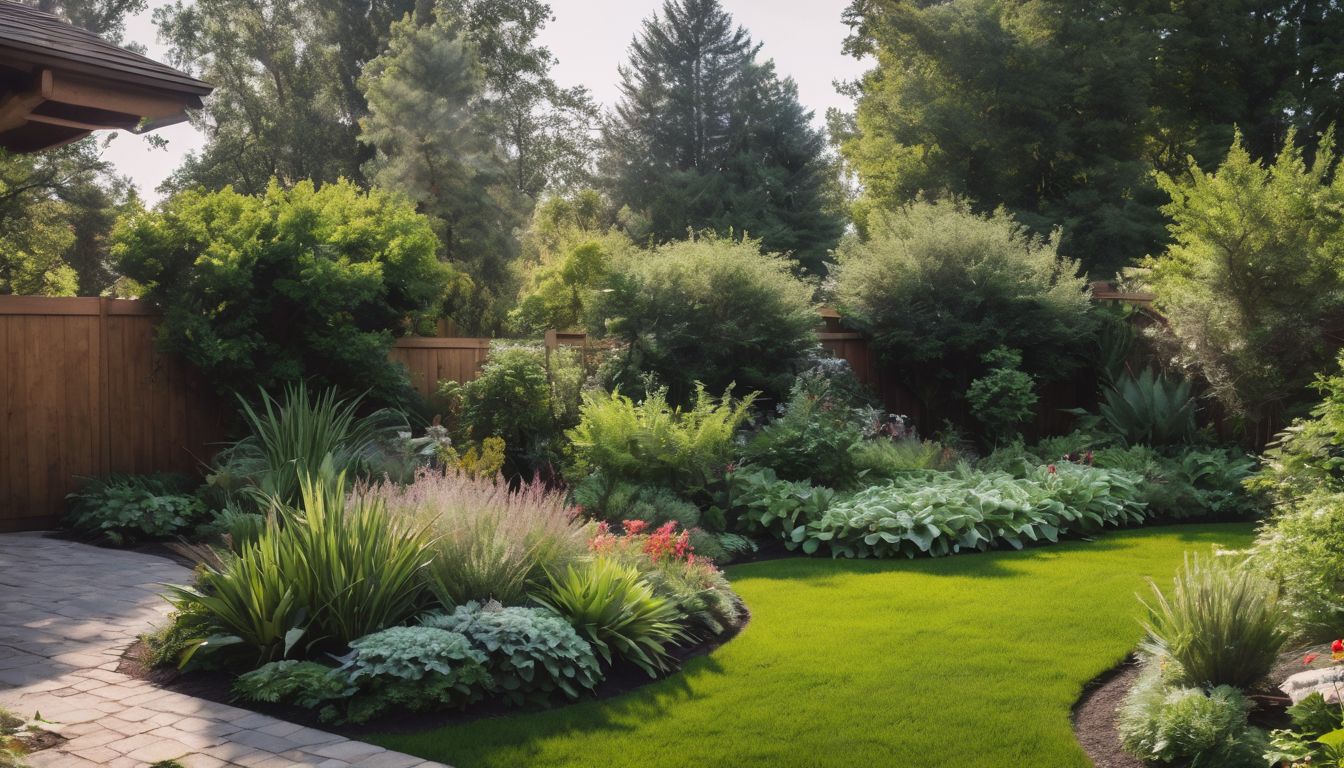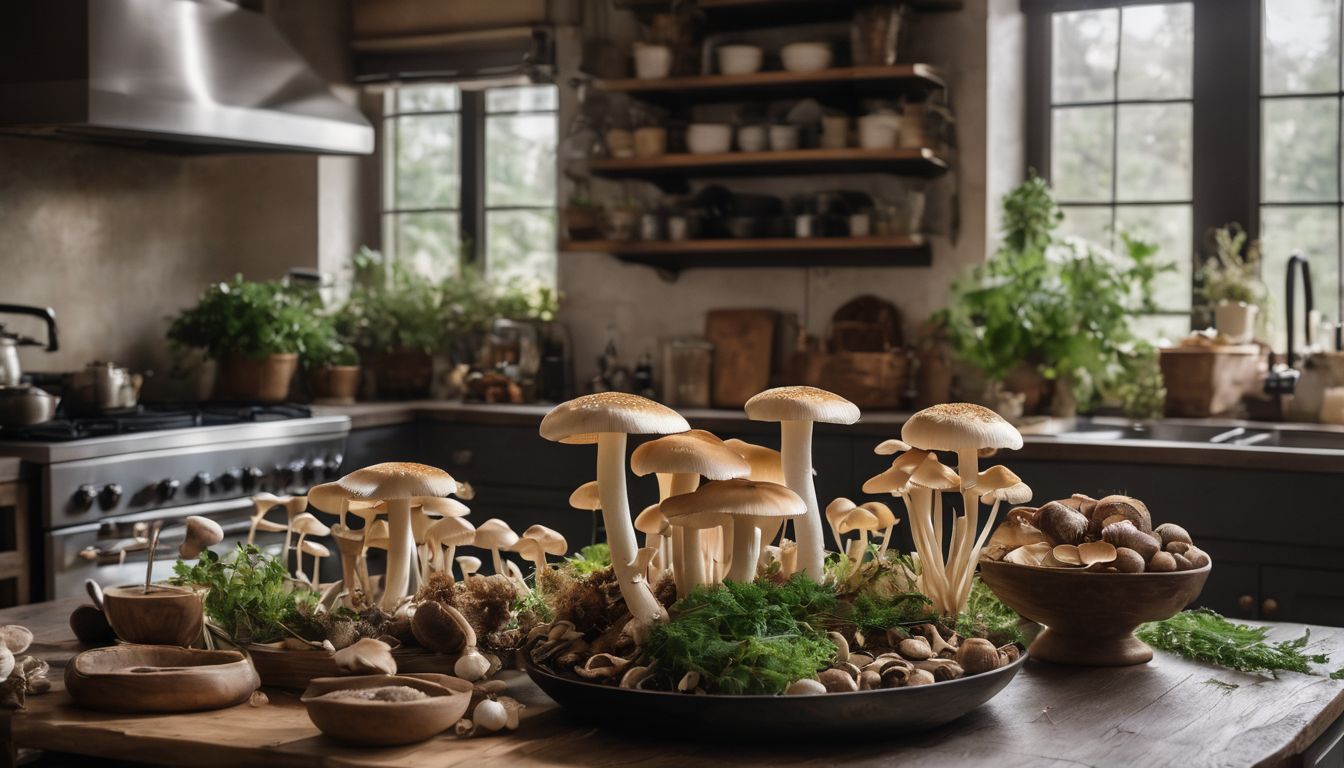Gardens have countless benefits. For instance, ingestion. I’ve also found watching plants grow in my garden to be a very calming and grounding experience. However, installing a garden does not have to be an expensive endeavor. Today I share with you some of my favorite features of my garden, which were all built with reused materials.
- Herb Spiral
An herb spiral is a wonderfully useful feature to have in a garden. As water seeps down the spiral, different moisture levels are formed. Thus, you can plant herbs that prefer drier conditions at the top of the spiral and herbs that prefer moist conditions are the bottom.
Materials:
- Rocks
- Soil
- Compost (optional, to improve soil quality)
- Seeds or herb starts
Cost: Low to Medium
Depending on how many of these materials you can find, this is a very inexpensive project. In my case, I gathered the rocks and soil, so I only had to buy the herb starts.
Time and Effort: Medium. The amount of time it will take to build the herb spiral will depend on how large you would like it to be. In my case, the spiral is about five feet wide and three feet tall, so it took more time (and materials) to build. You could make your herb spiral smaller, and the project would take much less time and effort.
Instructions for making your herb spiral:
- Pick a location for your herb spiral. Depending on what type of herbs you would like to plant, think about how much sun that location receives.
- Make a pile of rocks where you would like the center of your herb spiral to be. This will help the soil mound hold its shape and not get compressed too much.
- Place rocks along the desired circumference of your spiral. This is the foundation of your spiral, and it’s important that the rocks fit nicely together so the foundation is sturdy.
- Pile soil (and compost if the soil quality is poor) on top of the center rock pile and inside the circumference of rocks until the mound is the desired height. Remember, the soil will settle a little, so the final spiral may end up slightly smaller.
- Now you can begin turning the mound of soil into an actual spiral by building a small rock wall (depending on the size, the wall may have to be several rocks high) in a spiral around the mound. It’s best to start at the foundation and work your way up to the top. Again, make sure the rocks fit nicely together so that the spiral is sturdy.
- With your hand, flatten the soil into terraces that you will be able to plant herbs in.
- Plant and water your herbs.
- Mosaic Tile Pathway
To add some color to your garden while you’re waiting for the plants to bloom, add a mosaic tile pathway made out of old tiles!
Materials:
- Old tiles
- Hammer
- Cement mix
- Water
- Cement spreader
- Shovel
- Sunglasses/safety goggles
- Large bucket for mixing cement
- Wheelbarrow (optional)
- Latex gloves (optional)
Cost: Low. You will most likely have to buy the cement mix and cement spreader, but oftentimes used material stores have so many mismatched old tiles that they will give them away for free. If you don’t have a hammer or shovel, borrow from a friend!
Time and Effort: Medium. I built my tile pathway with three other people, so the project went very quickly. However, it is definitely doable by yourself, it just might take a little longer.
Instructions for making your mosaic tile pathway:
- Decide where you want the tile pathway to be and dig that section out two inches. Write down the measurements (length, width, depth) of the pathway to take with you to the home improvement store.
- Go to a home improvement store to buy cement mix. The easiest type to buy is the cement mix that you only need to add water to. Using the measurements of your pathway, calculate how many bags of cement you’ll need. I underestimated how much cement I needed, so it might be helpful to buy an extra bag just in case.
- In a contained space (I used a wheelbarrow), smash the old tiles into smaller pieces with a hammer. You don’t want to get any shards of glass in your eyes, so make sure you wear some type of eye protection. I just used sunglasses and they worked well, but safety goggles are recommended.
- In a large bucket, mix the cement and water. The instructions on the cement mix bag will tell you the proper ratio of cement mix to water, but it doesn’t need to be an exact science. Just slowly add water to the bucket until the cement is thick and spreadable. It’s easier to mix small quantities of cement by hand, so you may want to have some latex gloves on hand. If not, the cement mix will easily wash off your hands and the bucket with water while it’s still wet.
- Pour the cement into your dug-out pathway and spread out evenly with the cement spreader. Make sure the cement is flush with the ground surrounding it.
- Carefully press the tile pieces slightly into the cement mix in a mosaic design. Make sure the tile pieces are flush with the cement.
- Do not walk on the pathway for several days to allow the pathway to fully dry.
Mosaic pathway made out of reused tiles.
- Reused Containers
Reused containers are the perfect way to have a garden in a compact space, such as a windowsill or balcony. Some great examples of reused containers include tires, bathtubs, wheelbarrows, and coffee tins.
Materials:
- Anything that you think would make a fun container!
- Plant starts or seeds
Cost: Low
Time and Effort: Low
Instructions for planting in reused containers:
- Gather containers that you think would be good for holding your plants.
- Drill holes in the bottom of the containers if necessary. This allows the water to drip through.
- Plant, water, and enjoy your container garden!




